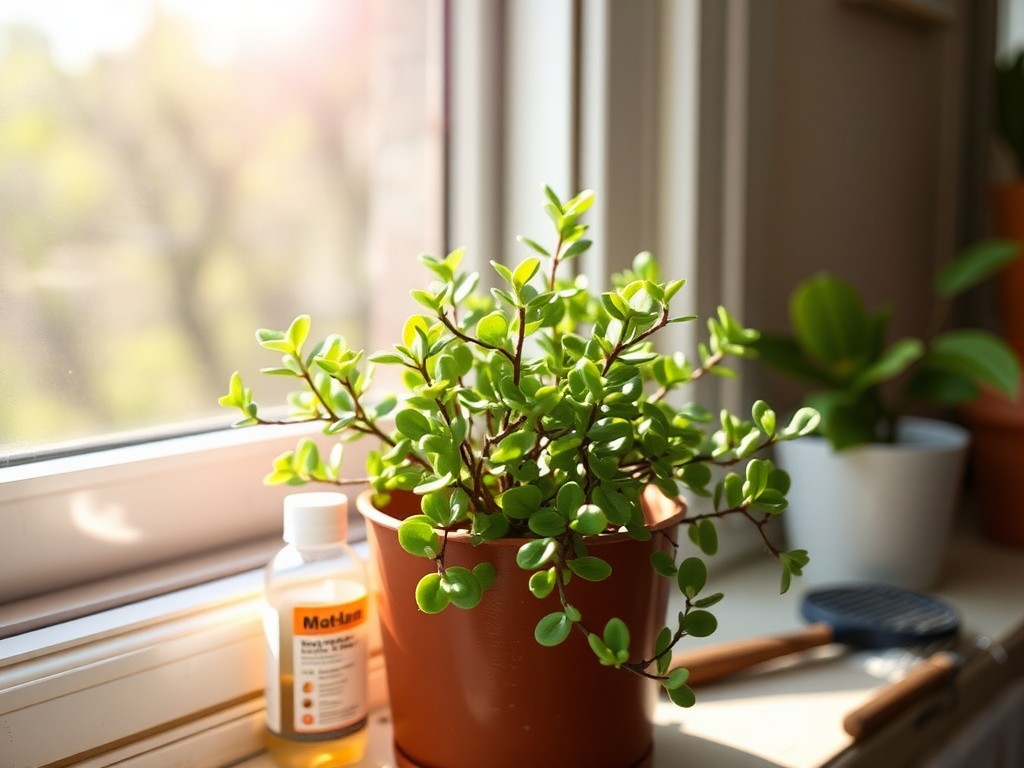Hydroponics is revolutionizing gardening, allowing plants to thrive without soil by delivering nutrients directly to their roots. Among the many hydroponic techniques, Deep Water Culture (DWC) is a popular and beginner-friendly option. Here’s an in-depth look at DWC and how it compares to other hydroponic systems like aeroponics, aquaponics, and grow boxes.
What Is Deep Water Culture (DWC)?
Deep Water Culture is a straightforward hydroponic system where plant roots are submerged in a nutrient-rich, oxygenated water solution. This constant access to water, oxygen, and nutrients promotes rapid plant growth. An air pump and air stones are essential components, ensuring the water remains oxygenated to support healthy roots.
Advantages:
- Simplicity and low maintenance.
- Accelerated plant growth due to constant nutrient availability.
- Cost-effective and ideal for beginners.
Key Setup Requirements:
- A container or bucket to hold the nutrient solution.
- An air pump and air stones to oxygenate the water.
- Net pots to support the plants.
- Inert growing media like clay pebbles.
Pro Tip: For optimal growth, maintain a consistent pH (5.5–6.5) and nutrient levels
Other Popular Hydroponic Methods
- Aeroponics
- Plants are suspended, and roots are misted with a nutrient solution.
- Requires more technical expertise but uses less water compared to DWC.
- Ideal for maximizing space, especially in vertical gardens.
- Aquaponics
- Combines fish farming with hydroponics. Waste from fish provides nutrients for plants.
- Sustainable and eco-friendly but more complex to manage.
- Best for those interested in closed-loop systems.
- Grow Boxes
- Compact, self-contained hydroponic systems perfect for indoor gardening.
- Often includes lighting, nutrient delivery, and automation.
- Ideal for small spaces and urban settings.
- Deep Water Culture Variants
- Bubbleponics: A hybrid of DWC and drip irrigation, where roots are submerged while receiving additional nutrient mist.
- Recirculating DWC: A more advanced system with a central reservoir for nutrient distribution.
Setting Up a DWC System
If you’re ready to dive into DWC gardening, here’s a step-by-step guide:
- Choose Your Container
Select a bucket or reservoir with a lid. Black containers are ideal to prevent algae growth. - Install Aeration Components
Connect an air pump to air stones via tubing. Place the stones at the bottom of the container to distribute oxygen evenly. - Prepare Net Pots
Fill net pots with inert media like clay pebbles. Position plants so their roots can access the nutrient solution. - Add Nutrient Solution
Mix water with hydroponic nutrients. Maintain the water level so roots are submerged while ensuring enough space for air circulation. - Monitor Regularly
Check pH levels, nutrient concentration, and water temperature frequently. Add fresh water or nutrients as needed myosatthit Hydroponics Beginners.
Which System Is Best for You?
- DWC is perfect for beginners due to its simplicity and low cost. It works well for leafy greens like lettuce and herbs.
- Aeroponics suits those with technical expertise and limited space.
- Aquaponics is a sustainable option for those seeking an integrated approach to gardening and fish farming.
- Grow Boxes are excellent for compact indoor spaces and convenience.
Each system has its unique advantages, so consider your goals, space, and resources when choosing the right one.
For more detailed insights on each system, explore practical guides and expert advice available online to customize your hydroponic setup myosatthit Hydroponics Beginners.

